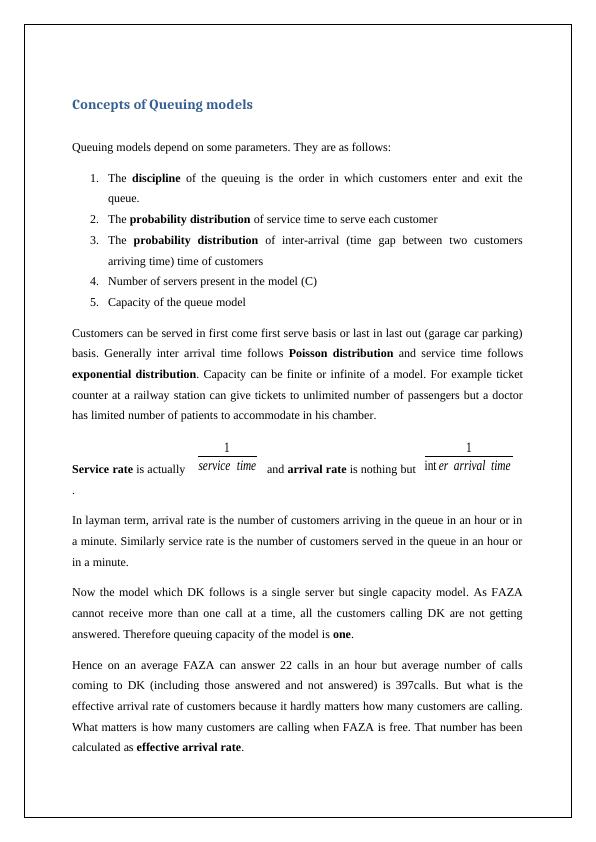Concepts of Queuing Models
2 Pages430 Words122 Views
Added on 2021-04-17
Concepts of Queuing Models
Added on 2021-04-17
ShareRelated Documents
End of preview
Want to access all the pages? Upload your documents or become a member.
Distributional Functions And Probabilities
|4
|1137
|10
STA-2001 Probability and Statistics
|5
|729
|163
Probability and Statistics Questions with Solutions
|5
|729
|80
Operations Management Problems with Solutions | Desklib
|6
|1075
|57
Healthcare Operations and Excel
|7
|1282
|54
Average Time Spent at Booth
|6
|1213
|40

